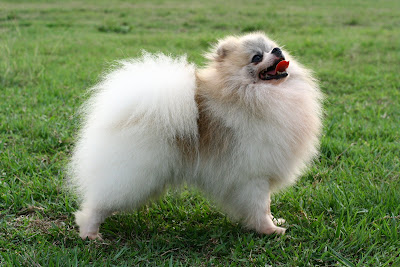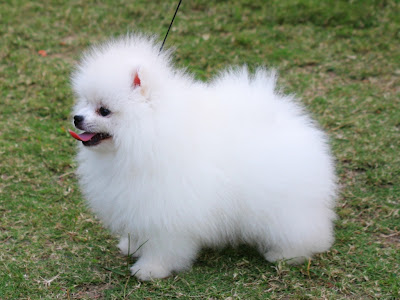True Wild Life | Grevy's Zebra | The Grevy's zebra , also known as the Imperial zebra, is the largest extant wild equid and one of three species of zebra, the other two being the plains zebra and the mountain zebra. The Grevy's zebra is found in Kenya and Ethiopia. Compared with other zebras, it is tall, has large ears, and its stripes are narrower. It is more ass-like in appearance as compared to other zebras, which are more horse-like. Among their kinds who were hunted for their hides, Grevy's Zebra is the largest kind of zebra. The Grevy's Zebra's pattern is like a painting, so it is called the most beautiful of zebras. However, its beauty is its sadness, because it is hunted for its hide. Its numbers keep becoming lower and lower.

Grevy's zebras grow up to nine feet long, weigh up to 990 pounds, and stand up to almost five and a half feet at the shoulder. On average, males are about ten percent larger than females. Big heads, large and rounded ears, and thick, erect manes make the Grevy's zebra appear more mule-like than other zebras. In fact, many experts consider Grevy's zebras to be striped asses that are not closely related to other zebras. Their coats sport dazzling narrow stripes that wrap around each other in a concentric pattern and are bisected by a black stripe running down the spine. Grevy's Zebra is hunted for its beautiful hide and so it has had a shocking drop in numbers.

Males are highly territorial, claiming prime watering and grazing areas with piles of dung called middens. They generally live alone in their territories, except when females move through during mating season. Non-territorial males travel together in groups of two to six animals. This social system differs from that of other zebras, which typically form female harems that live in one male's territory all year. During dry months, many Grevy's zebras migrate to greener mountain pastures, but males on prime territories often remain there year-round. Grevy's zebras inhabit semi-desert areas, including arid grasslands and dusty acacia savannas. The most suitable areas have water year-round.

Normally only one foal is born to a female after a gestation period of thirteen months. Most of the babies are born between May and August. The young zebra has brown stripes and a mane which stretches from the shoulder to the tail. The background colour of the foal's coat is light brown instead of white. This protective colouring helps the foal to "freeze" and blend instantly with its background. The foal can stand on its feet within one hour of its birth and can run with the herd after only a few hours - this gives it a much better chance of escaping from predators, usually lions. Young males leave the herd when they are about two years old and join bachelor herds. Eventually they will collect mares to form their own new herds or perhaps challenge old or weak stallions and take over their herd.

Today, the surviving wild Grevy's Zebras are protected in national parks. The Grevy's Zebra has other things to worry about. Domesticated animals are growing in number, and the grass that the zebra eats has been taken away. Its living space is also disappearing because people are building. Experts speculate there are only around 1,900 to 2,500 wild Grevey's Zebras left.















































